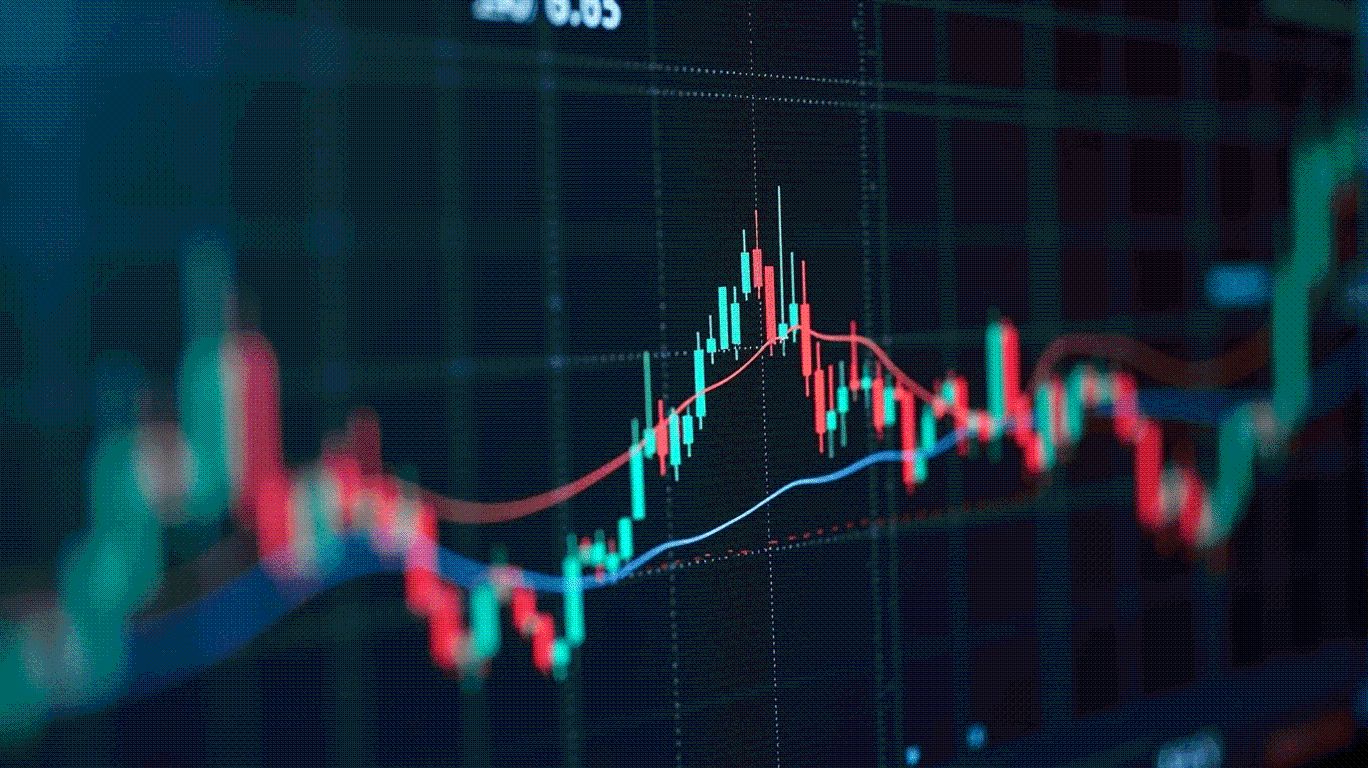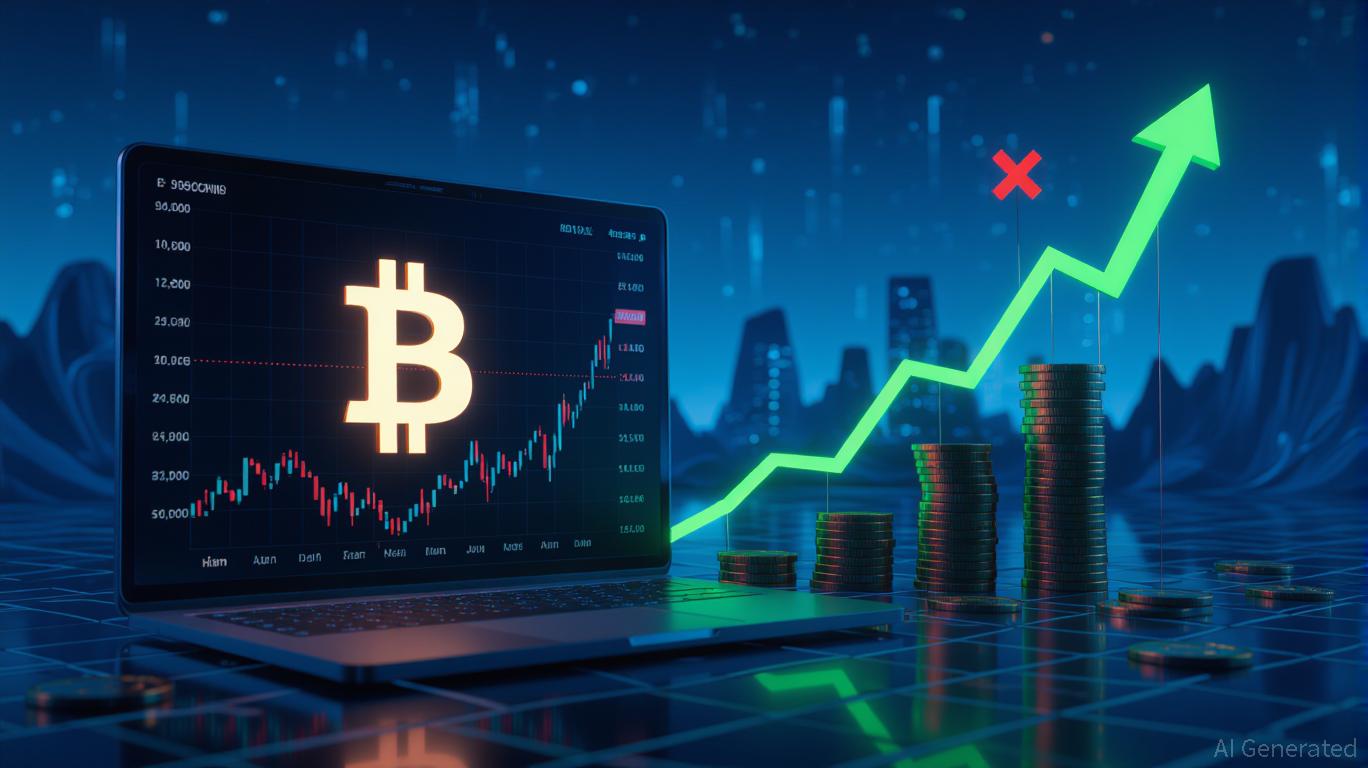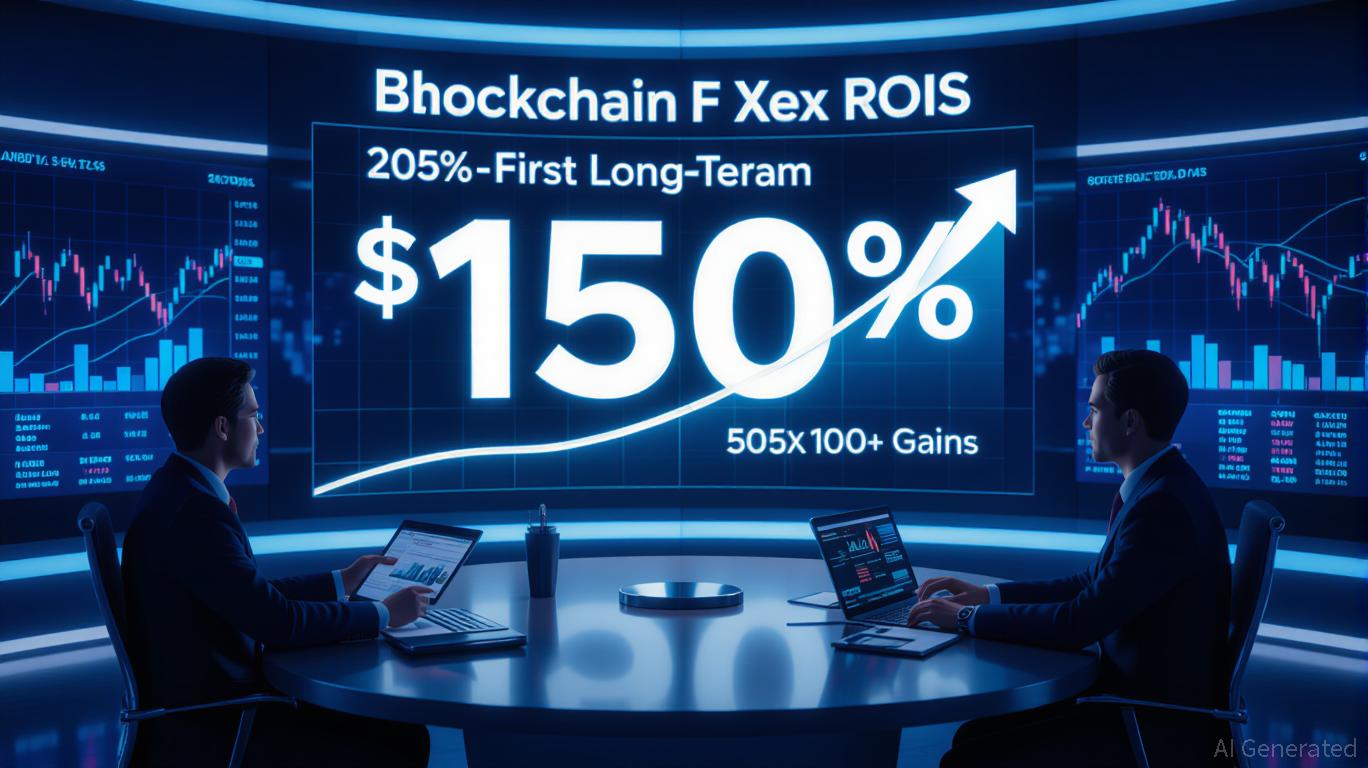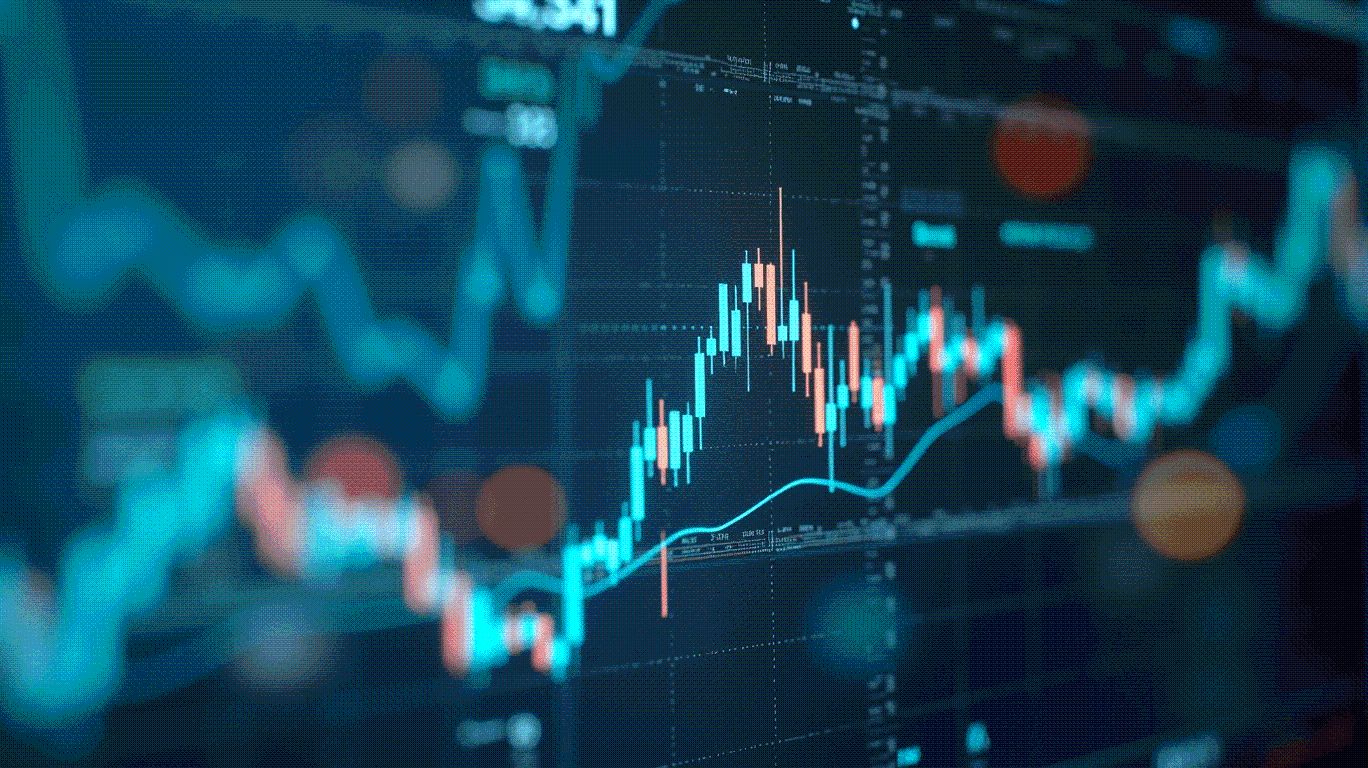News
Stay up to date on the latest crypto trends with our expert, in-depth coverage.

- Systems and Business Analysts (BA/SA) bridge tech strategy-execution gaps through structured methodologies and agile frameworks. - Their stakeholder analysis and data-driven solutions reduce project risks while aligning organizational priorities. - Case studies show BA/SA-driven approaches deliver measurable ROI, including 20% revenue growth and 30% cost reductions. - Agile frameworks enable rapid iterative delivery, as seen in John Deere's 125% output increase and 40% faster time-to-market. - Human capi

- Quebec's civil law framework enforces crypto transparency via mandatory UBO disclosures and AMF oversight, boosting SHIB's institutional legitimacy. - Unlike fragmented common law jurisdictions, Quebec's legal clarity attracts 40% more institutional capital to crypto assets like SHIB compared to U.S. markets. - SHIB's 2025 price volatility (7.27% 30-day swing) highlights risks in common law markets, while Quebec's ESG-aligned transparency model stabilizes investor trust. - Investors are advised to priori

- MAGACOIN FINANCE emerges as a 2025 altcoin contender with Bitcoin-like scarcity and Ethereum-based deflationary mechanics. - Its 12% transaction burn rate and 170B token cap create supply-driven value, verified by HashEx and CertiK audits. - Whale investments and presale progress signal strong institutional confidence, with analysts projecting 18,000% ROI potential. - Unlike SHIB, its structured tokenomics and scarcity model position it to outperform in a market prioritizing fundamentals over virality.

- Tokyo-based Gumi Inc. invested $17M in XRP to expand blockchain financial services, pairing it with Bitcoin staking for a dual-asset strategy. - XRP’s sub-5-second settlements and $0.0004 fees drive institutional adoption, with RippleNet processing $1.3T in Q2 2025 and 300+ financial partners. - SEC’s XRP commodity reclassification and 45+ new Ripple partnerships boost adoption, while ETF inflows and regulatory clarity project $2.50–$5 price targets. - Emerging rivals like Remittix challenge XRP’s domina

- XRP’s $100 target by 2030 remains debated, with current prices at $2.82 (Aug 30, 2025) after a 4.85% daily drop but a 402.8% annual gain. - A 2025 U.S. court ruling cleared XRP as non-sec in secondary markets, unlocking $8.4B in ETF inflows and boosting institutional adoption via Ripple’s $1.3T Q2 2025 ODL transactions. - To reach $1M, investors would need 10,000 XRP at $100, costing ~$28,200 today, with top 1% holders owning 50,023 XRP. - Bullish forecasts hinge on 14% SWIFT market capture (potential $2

- The 2025 crypto market shows Bitcoin correction to $112,000, shifting capital toward high-utility altcoins and institutional-grade layer-1 protocols. - Institutional investors favor blue-chip layer-1s like Solana and Ethereum, while speculative altcoins struggle with low fundamentals and fragmented liquidity. - Contrarian strategies focus on projects with real-world adoption (e.g., Solana's Firedancer upgrade, Cardano's Goguen upgrade) and regulatory clarity like the GENIUS Act. - A 60-40 portfolio balan

- BlockchainFX ($BFX) offers a diversified trading super app with 500+ assets and a performance-based staking model generating up to 90% APY. - Its deflationary tokenomics include buybacks, burns, and a $0.02 presale price with projected 50x ROI by 2030. - The platform's BFX Visa card and dual-layer utility create compounding returns through trading fees and global spending integration. - With $5.7M raised and 5,600 participants, BFX outpaces competitors by combining financial access with passive income me

The Solana price is hovering near $205, down 4.5% in 24 hours. While yearly gains remain strong, supply in profit and exchange balances point to selling pressure. Technicals suggest bearish risks unless SOL breaks above $217, which would invalidate the downside bias.

- French Civil Law (FCL) jurisdictions enhance stablecoin transparency through precise SBM disclosures and real-time governance frameworks, reducing information asymmetry. - MiCA regulations in the EU mandate ACPR authorization and detailed white papers for stablecoin issuers, aligning with ESG standards and verifiable ownership disclosures. - FCL-aligned firms show 20% higher ESG scores and attract institutional investors, contrasting with CL-based projects prone to governance crises like the 2019 Burford

- The Fed faces a critical September 2025 decision as core PCE inflation hits 2.9%, driven by services-sector pressures and Trump-era tariffs. - Markets anticipate an 87% chance of a 25-basis-point rate cut, with J.P. Morgan forecasting three additional cuts by early 2026 to reach 3.25%-3.5%. - Structural inflation from tariffs and wage-price dynamics complicates a "soft landing," forcing the Fed to balance labor market risks against price stability. - Rate cuts are expected to boost growth sectors (tech,
- 11:16Monochrome spot Bitcoin ETF's BTC holdings have surpassed 1,100.According to an official announcement reported by Jinse Finance, the Monochrome spot bitcoin ETF (IBTC) disclosed that as of October 22, its holdings had reached 1,101 bitcoins, with a market value exceeding 183 millions AUD.
- 11:04USD/JPY rises over 0.5% intraday, now trading at 152.73According to ChainCatcher, citing Golden Ten Data, the US dollar to Japanese yen (USD/JPY) has risen by more than 0.5% today, with the current quote at 152.73.
- 11:04Data: Over $6 billion worth of BTC and ETH options will expire on Friday, with the max pain points at $114,000 and $3,950 respectively.ChainCatcher News, more than 6 billions USD worth of BTC and ETH options will expire on Friday. For BTC options, the put/call ratio is 1.03, with the max pain price at 114,000 USD. For ETH options, the put/call ratio is 0.79, with the max pain price at 3,950 USD.